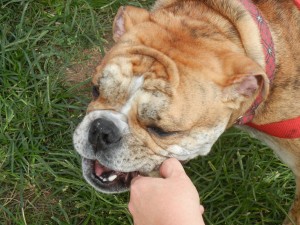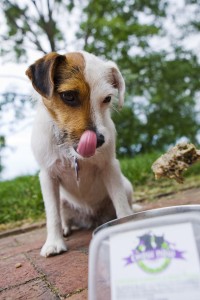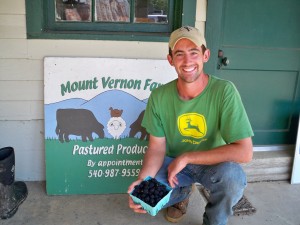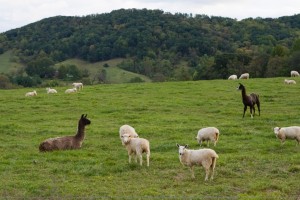It’s not OK.
I’m angry.
Hopping mad, really.
http://www.fda.gov/AnimalVeterinary/NewsEvents/CVMUpdates/ucm280586.htm
Note that these “warnings” began to be issued in 2007. AND they’re still continuing.
Do you remember 2007?
Thousands of cats and dogs died due to tainted pet food and treats. Apparently, the massive pet food recalls and deaths that year weren’t enough to quell the continued corporate greed of many manufacturers.
I remember attending my first major “pet food industry” conference as events were unfolding in 2007. A common refrain that I could not get out of my head was “we didn’t know what to test for”. All I could think was, as long as these manufacturers continue to source ingredients from around the globe as well as from industrial/factory farms, there will always be a threat to our pets’ food safety. It seemed that it was just a matter of time until this could, and would, happen again. And they’d be repeating that same chorus. I wasn’t willing to let them roll the dice.
It’s not OK.
It served to bolster the decision I’d already made that there would be no compromising our foods or treats. I already no longer felt comfortable or confident feeding or recommending the pet foods on the market. The status quo just wasn’t working. And still isn’t. Many of these same companies continue to claim that they “love” animals and that they feed their foods to their own pets. Shameful. What they’re really doing is sourcing the cheapest ingredients to gain the largest profit. And some even have the nerve to put “Made in the USA” on their packaging. Doesn’t matter where it’s made if even ONE ingredient comes from outside of the U.S. Or from factory farms. Period.
That’s why we were compelled to launch Pawgevity. So that someone would offer foods and treats with ingredients you can trust. For Pawgevity, it’s critical that every ingredient comes from small local farms we know and is 100% traceable. Farms that take great pride in bringing you safe and wholesome, organically raised and grown animals and produce. It’s not easy and it’s not the “cheapest” way.
But anything less is simply not acceptable for our, and your, companions. We are all responsible for their health and well being.
Our animals don’t have a choice. They’re completely dependent on us.
We know you, as Pawgevity revolutionaries, already get it.
It’s frustrating how many more don’t.



